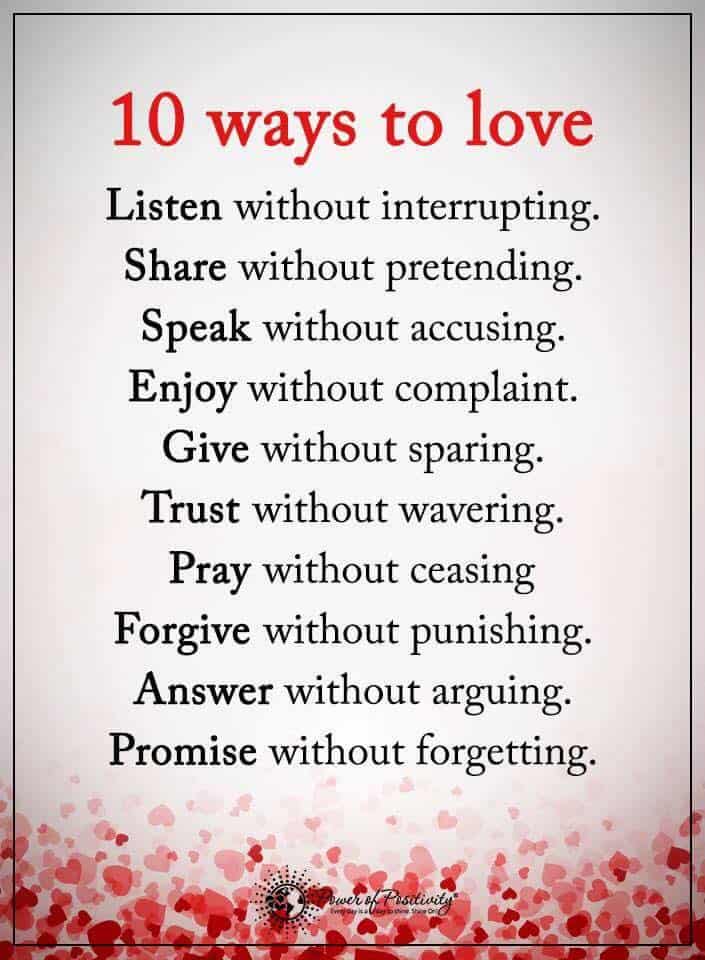Here’s why men are more likely to declare their intentions first.
Most people are surprised to hear that women are not the ones to say “I love you” first in a new relationship. Men are.
Love is a universal emotion. However, how one expresses the words can vary widely across cultures, genders, and individual personalities.
A recent study published in the SAGE Journal of Social and Personal Relationships sought to uncover who, between men and women in heterosexual relationships, is more likely to utter the three magical words “I love you” first.
Saying those three words can be a scary prospect, especially during the earliest days of a new relationship. Understanding that men are likelier to declare their affection first might surprise many!
You might even argue that it reveals the danger of making assumptions without facts.
Keep reading to learn more about a couple of eye-opening studies on love and relationships.
The Study on Who Says “I Love You” First and Its Participants

The research involved a substantial number of participants, with 3,109 adults taking part. Interestingly, over 70% of these participants were women, and a significant 85% identified as heterosexual.
The study had a global reach, encompassing participants from Australia, Brazil, Chile, Colombia, France, Poland, and the UK.
Researchers instructed them to complete online questionnaires about their relationships. The answers that they provided gave valuable insights into their personal experiences and feelings.
Breaking Stereotypes
Contrary to prevalent gender norms and stereotypes, the study revealed that men in heterosexual relationships are generally the first to say “I love you.”
This finding was consistent across six of the seven regions studied. Only one country was an exception – France.
But what happened when the researchers looked deeper into the timeline of relationships? On average, men considered expressing their love around the 69-day mark. On the other hand, women took a bit longer, contemplating the declaration of their feelings around 77 days into the relationship.
However, the actual confession of love took longer, with men typically waiting until 107 days and women holding out until 122 days.
The Emotional Impact of Saying “I Love You” to a Partner
The emotional weight of these three words is undeniable. Most participants reported feeling elated upon hearing their partner say, “I love you.” However, individual attachment styles did influence reactions to some extent.
For instance, those with an “avoidant” attachment style (individuals who value their independence and often seek distance in relationships) were less thrilled by the declaration.
By contrast, those who had an “anxious” attachment style (individuals who are constantly concerned about their partner’s responsiveness) were significantly more pleased.
What are attachment styles?
Let’s look a bit deeper into those two attachment styles, as it’s relevant to the study.
Attachment styles, rooted in early childhood experiences, profoundly influence how individuals approach and react in adult relationships.
An “avoidant” attachment style suggests a person’s tendency to prioritize independence. As a result, they may create emotional distance from their partners. When such individuals hear “I love you,” they might feel pressured or overwhelmed, fearing a loss of autonomy.
On the other hand, those with an “anxious” attachment style have a deep-seated need for validation and reassurance from their partners. For them, hearing “I love you” serves as a comforting affirmation of their partner’s commitment and alleviates their inherent fears of abandonment or neglect.
Understanding these two attachment styles provides a lens through which individuals interpret and respond to pivotal moments in their relationships.
Previous Findings and Additional Insights
This study is not the first one to look into the dynamics of love declarations. Previous research in the United States has indicated that American men are also more inclined to confess their love first.
Furthermore, the importance of an emotional connection in romantic relationships became more apparent.
A separate study published in the journal Sexuality & Culture in May of 2023 identified emotional connection as a crucial element for a sexual encounter to be considered “great.”
Emotional connection is challenging to define precisely. Yet, that factor ranked as the second most crucial factor for exceptional intimacy.
Interestingly, participants in this study had varied opinions on the necessity of an emotional connection for superb intimacy. Some equated an emotional component with love, while others did not see it as a prerequisite.
Gender differences were evident in these views. For example, some women placed a higher emphasis on emotional connection over physical satisfaction than their male counterparts.

Final Thoughts on a New Study Confirming That Men Usually Say “I Love You” First
Had you always assumed that women would be the first to declare their love to a new relationship partner? If yes, then you, like many others, had made an inaccurate assumption.
Regardless of who says “I love you” first, relationships are always a work in progress. True love includes many intense emotions, societal expectations, and the distinctiveness of individual personalities.
This recent study sheds light on a captivating aspect of romantic dynamics, suggesting that men, contrary to popular belief, are often the first to vocalize their feelings in heterosexual relationships. However, as enlightening as these findings are, it’s crucial to approach them with a broader perspective.
Every person and every relationship tells a unique story. While societal patterns and research can offer general insights, the heart of any relationship lies in the personal journey of the individuals involved. It’s not about conforming to norms or statistics. Instead, it is all about understanding and honoring what resonates most authentically with you and your significant other.
Love and the expression of it is a complex interplay of emotions, cultural norms, and individual personalities. While studies like these provide fascinating insights, it’s essential to remember that every person and relationship is unique. The most important thing is to find what feels the best for you and your partner.
So if you – or your partner – take longer to say, “I love you,” that’s okay. Permit yourself to fall in love at your own pace.



















